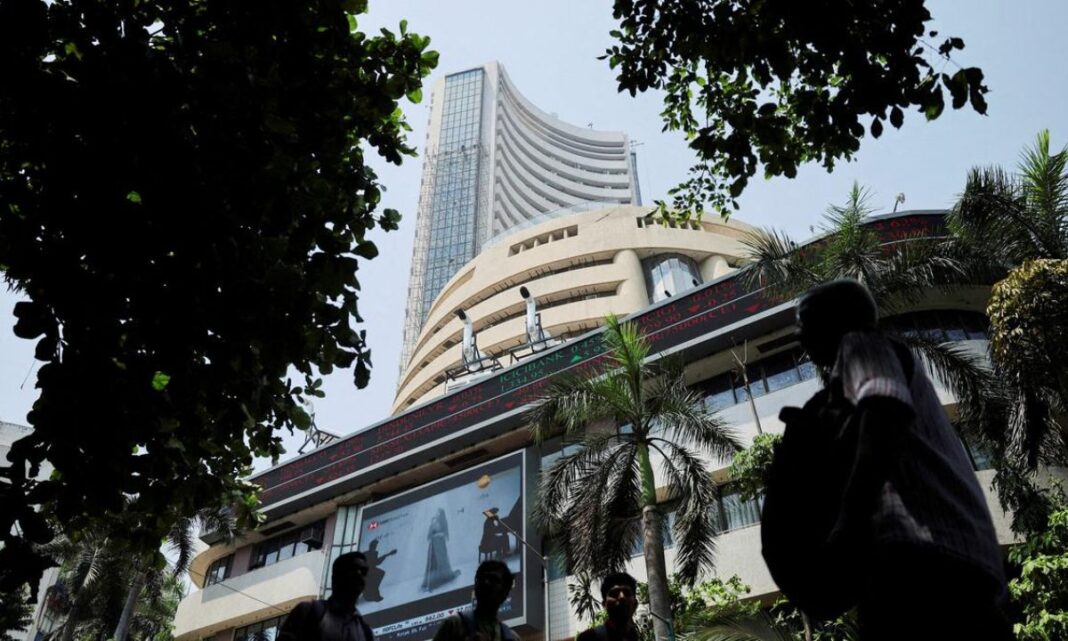Delhi, India | August 7, 2025 —India’s stock markets saw a sharp decline in early trade on Thursday after U.S. President Donald Trump announced an additional 25% tariff on Indian goods, raising the total duty to 50%. The decision came in response to India’s continued imports of Russian oil, despite international sanctions and warnings. The announcement has shaken investor confidence, marking this as the highest-ever U.S. tariff on Indian exports.
The news quickly affected domestic financial markets. Both Sensex and Nifty dropped significantly within the first 30 minutes of trading. The tariff announcement triggered widespread uncertainty, as various export-reliant sectors—particularly automobiles, textiles, pharmaceuticals, and metals—took the brunt of the market impact. These industries depend heavily on trade with the United States, and higher tariffs may reduce demand for Indian goods overseas.
President Trump made the declaration during a press briefing late Wednesday, accusing India of ignoring global sanctions and continuing trade relations with Russia. He stated, “India has failed to follow global sanctions. If they choose to continue trading with Russia, they will have to pay the price in terms of trade access to the United States.” His remarks signal a more aggressive U.S. stance on countries defying its foreign policy directives.
The impact of this tariff hike could be severe across multiple industries. Indian products like textiles, steel and metal goods, auto parts, and pharmaceuticals are now subject to much higher duties, making them less price-competitive in the U.S. market. Indian exporters fear that deals with American buyers may now be cancelled or renegotiated under less favorable terms. Business groups are calling on the Indian government to step in quickly and start diplomatic talks to resolve the situation.
In response to the U.S. move, the Indian Commerce Ministry expressed “deep disappointment” and hinted at possible countermeasures. Officials mentioned the option of filing a formal complaint with the World Trade Organization (WTO). Exporters’ associations warned that the tariff could result in billions of dollars in lost trade and thousands of job losses, particularly in labor-heavy sectors like textiles and apparel.
Economists say the move could also weaken the Indian rupee further and add pressure on the country’s trade deficit. The combination of reduced exports, rising import costs, and global inflationary pressures is expected to strain India’s economic stability in the near term.
Going forward, market analysts recommend close monitoring of several factors. These include the Indian government’s official response, any signals of upcoming U.S.-India diplomatic dialogue, fluctuations in the rupee-dollar exchange rate, and the stock performance of companies with high export exposure. If no compromise is reached soon, the situation could escalate into a broader trade war and possibly affect overall diplomatic ties between the two countries.


